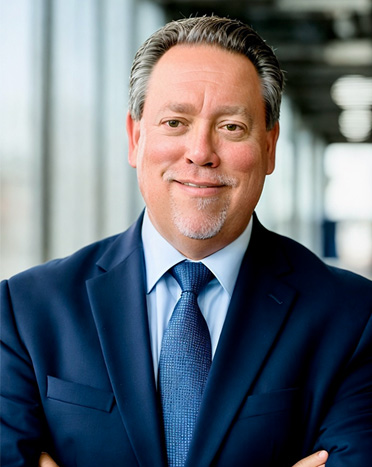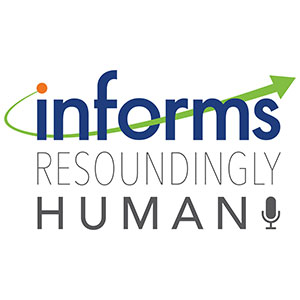
I Need You to Care About the Baby Formula Shortage
In the first year of COVID we became armchair experts in infectious disease. The next, we earned our PhD’s in global supply chains, chalking up the months-long wait times for new screen doors and patio furniture to that container ship stuck in the Suez Canal. Most recently, it’s baby formula that’s been affected by disrupted global supply chains.















